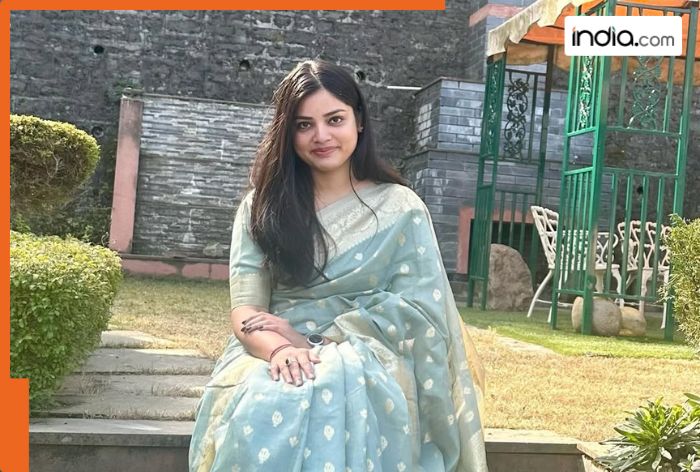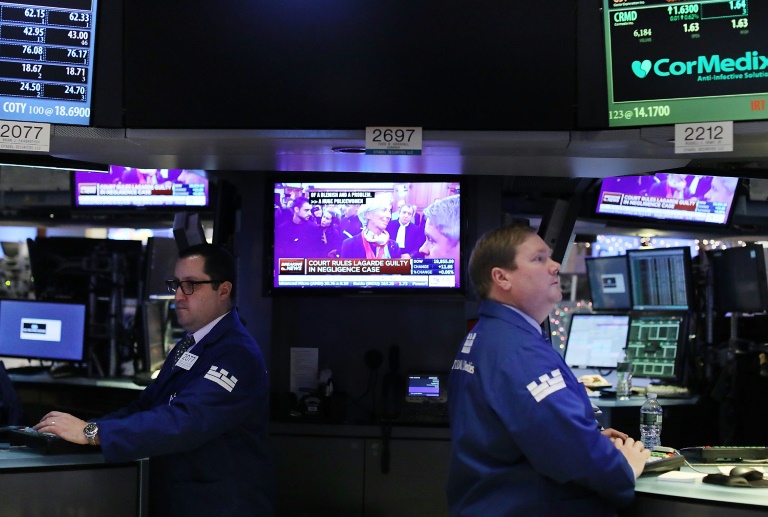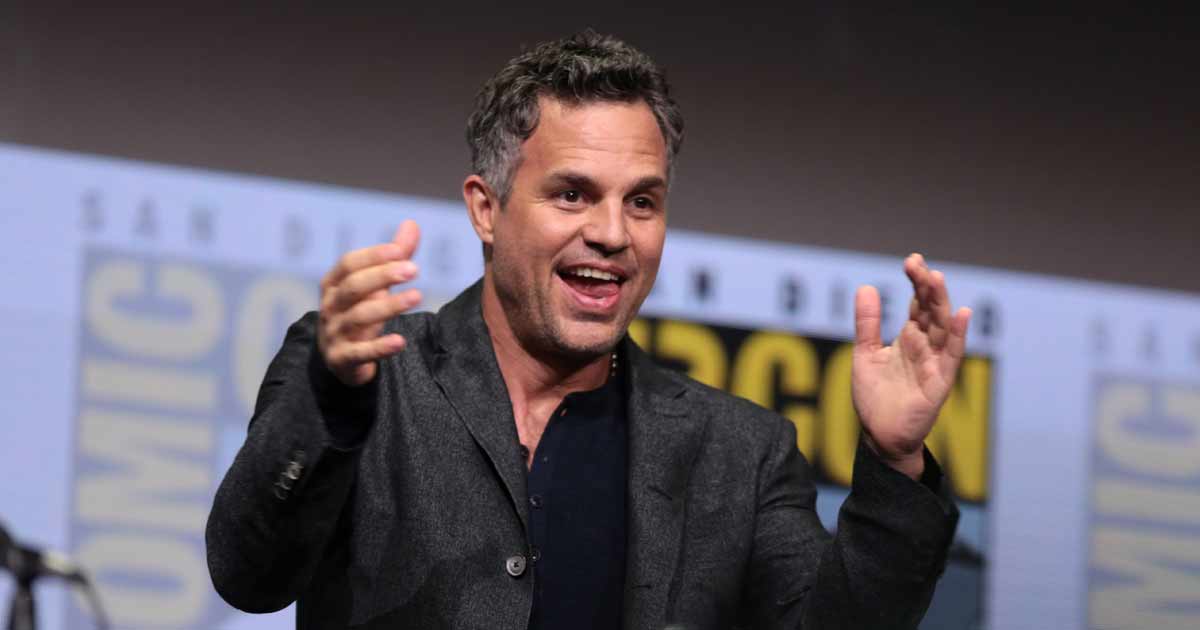Isabella Rossellini’s first exposure to the public glare was at five days old. Her father, the Italian neo-realist director Roberto Rossellini, and her mother, the Swedish movie icon Ingrid Bergman, had invited the press to a Roman hospital to meet Isabella and her twin sister, Isotta Ingrid Rossellini. The babies yawned. According to the papers, Bergman insisted that Isabella, whose hair was darker than her sister’s, “is the Italian type, like Roberto. Ingrid is Nordic, like me.”
That was 1952, two years after Bergman had scandalized America by having an affair with Rossellini during the making of “Stromboli” and having their baby—Isabella’s older brother Roberto—before divorcing her first husband. Condemned on the floor of the U.S. Senate, the star of “Casablanca” was temporarily excommunicated from Hollywood. Isabella, forged in this crucible of gossip and glamour, went on to live an eventful life of her own. Her film credits include David Lynch’s 1986 neo-noir, “Blue Velvet,” and she’s been directed by everyone from Norman Mailer to Julio Torres. A great beauty like her mother, she was the face of Lancôme for years, until she was dropped, at age forty-two, for being “too old.” (The brand rehired her two decades later.) In a twist, she returned to school in her fifties and got a master’s degree in animal behavior, a topic she also explores in her viral Web series “Green Porno,” in which she dressed up in elaborate animal costumes while explaining how different creatures reproduce.
Now another twist: at seventy-two, Rossellini may be on the verge of her first Oscar nomination, for a film in which she has less than eight minutes of screen time. In Edward Berger’s “Conclave,” which follows the tumultuous selection of a new Pope at the Vatican, Rossellini is part of a sterling ensemble, including Ralph Fiennes, John Lithgow, and Stanley Tucci. She plays Sister Agnes, a headstrong nun who nevertheless knows her place among the politicking male cardinals. Rossellini is silent for the film’s first half, but her glares are transfixing. When she finally does have her say, she has the potency of a clap of thunder.
When I spoke with Rossellini recently, over Zoom, she was nearing the end of a two-month tour through France, where she had been performing her latest biological solo show, “Darwin’s Smile,” about animal behavior. “I’m in a city called Pau, which is in the South of France,” she said, positioning herself so that her face would pick up the light from her hotel window. “I can see the Pyrenees. It’s a very rainy day, so I’ve been in the hotel all day.” Our conversation, which has been edited and condensed, started with Darwin, before meandering through such subjects as nuns, Rome in the sixties, Andy Warhol, Madonna, and plastic surgery.
What is your new monologue about?
This is my third monologue. I have a master’s degree in ethology, so when I write I always do things concerning animals. This one is about acting and Darwin. Darwin wrote a book called “The Expression of the Emotions in Man and Animals.” If I smile, it’s understood all over the world. But if I do this [flicks her fingers from under her chin] it’s understood only in Italy. So certain expressions of emotion are learned, and some, like smiling, might have been shaped by evolution. Darwin was convinced that animals, at least chimpanzees and monkeys, laughed. So I mix my knowledge as an ethologist and [my knowledge of] the expression of emotion, which is what we actors do. This is my thirty-first theatre, and tomorrow or the day after is my thirty-second, and then I come home.
As an actor, do you ever look to animal emotion?
Not really. I’m interested in animals’ emotions and how they express them. It happened that Darwin was interested, too. He wrote this book, which isn’t as well known as “On the Origin of Species,” but it’s quite interesting. Why are certain expressions understood all over the world, at least by human beings, and certain other expressions we have a commonality with animals? They also go like this [recoils] when they don’t like something. They tremble when they are afraid. It’s an interesting question, isn’t it?
I would love to hear some interesting facts about how animals express emotion.
Oh, you know, dogs wag their tails. They growl when they’re unhappy. The showing of the teeth is very common among animals. And we do it, too—grrr!—when we are angry. It’s one of the things I act out onstage. I show anger, because I’m an actress—grrr!—and then I say the same thing and lift my fists, because Darwin found that, in many countries, lifting the fist was a way to show anger. But that means that maybe gestures can be dated. Showing the teeth might have started when we were still walking on all fours, but this [raises her fists] meant that we took the vertical position, which liberated our hands, and they can be used as a weapon.
It makes me wonder what Darwin would have made of the evolution of film acting. As the technology has changed, the expression of emotion has changed as well, from silent-film acting to what we have now.
I miss silent-film acting. Silent film was a lot of pantomime. People overdid it, but Chaplin was perfect. He had to do it without words, but you understand all the subtleties of these emotions. I feel sorry that silent film lasted only about twenty years, and then the technology wiped out an art form.
This is a perfect segue to “Conclave,” because so much of your role is wordless, and yet you do so much to captivate the audience. How did you think about drawing in the camera and the other actors, without having something to say?
I don’t think acting is talking. So much of acting is reacting. It’s to have a presence, to emanate something. I never thought it was important to have lines, although most of the time, if you have lines, you have a closeup. That is because people listen and also watch lips, as we do in life. To me, what was interesting in the silence of Sister Agnes was that we really wanted to underline the difference in the Catholic Church of the roles of men and women. When I finally speak, I say, “We sisters are supposed to be invisible.” But still I thought that it was important, and Edward Berger agreed, that Sister Agnes should have enormous strength and dignity.
I’m not a churchgoer, but I grew up in Rome, and I went to a [school run by nuns]. My nuns exuded an authority, a matter-of-factness. I remember my favorite nun at school, I asked her, “When you decided to become a nun, how did your family react?” And she said, “Oh, they cried so much. They said to me, ‘Why don’t you go to church every day? You can still be as religious as you want but give us grandchildren.’ ” And she added, “I had to do it, because it was a calling.” It was something that was stronger than her, something she couldn’t control. Incredibly, that was the same answer my mom gave me about acting. Mama had four children in the fifties, and she was very scolded for continuing a career—why wouldn’t she stop and wait until the children grow up? My mom used to say, “I didn’t choose acting. Acting chose me. It’s a calling.” I saw this independence, that strength, both in my mother and in the nuns. So I wanted to play that.







